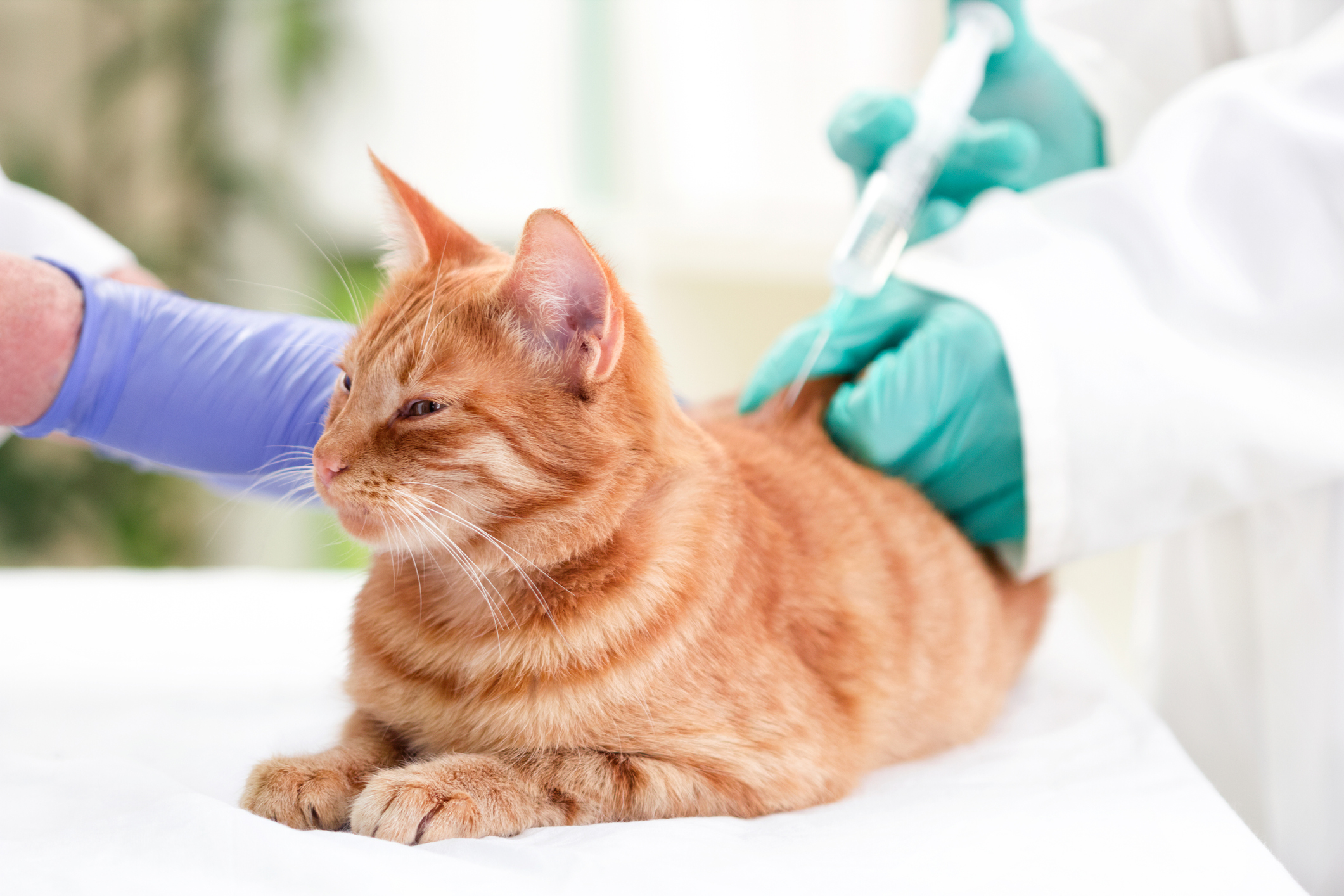
6 Tips to Effectively Manage Your Diabetic Cat's Blood Sugar
Whether your cat has type I or type II diabetes, managing their blood sugar will be a crucial part of at-home care to keep them healthy. Because your pet’s body has a difficult time regulating blood glucose due to insufficient or inefficient insulin, their blood sugar could reach dangerous levels.
Unregulated, high blood glucose has the potential to cause lasting damage to your cat’s body. Sugar in the blood “poisons” the organs, leading to problems of the eyes, heart, kidneys, liver and nervous system.
When caring for a cat with diabetes, your main goal is to provide enough insulin to prevent significant spikes or dips in blood glucose. This usually requires a consistent, well-regulated care routine. Managing your cat’s condition properly can reduce your feline friend’s symptoms of diabetes, such as excessive thirst, as well as protect their health long term.
Here are six things you should consider for your diabetic cat’s treatment plan to help them live the healthiest life possible.
- Routine checks: Your cat can’t monitor their blood glucose themselves, so you’ll need to do this for them. This can be done through a blood test or a urine test. Your vet will help you determine which option is best for your cat and teach you how to perform the tests. If your pet has been diagnosed with diabetes recently, they’ll likely need a blood glucose test done at least once a day. You might be able to reduce testing frequency after your cat has undergone therapy for a while and appears stable. Testing usually needs to be done at around the same time each day, and the results should be tracked to monitor patterns or deviations from the norm.
- Insulin therapy: Cats with diabetes usually need insulin therapy to help their bodies process glucose as they should. When injecting your pet with insulin, you should follow your vet’s instructions exactly and administer the insulin at the same time every day. Missing a dose can be very dangerous for your cat, since it will prevent them from regulating their blood sugar.
- Specialty diets: Since diabetes affects the amount of sugar in your cat’s blood, diabetic cats typically need to be fed a special diet that reduces the amount of carbohydrates they receive. Your vet will likely recommend a low-carbohydrate, high-protein diet that will keep blood glucose levels stable and help your cat maintain a healthy weight. Along with this new diet, your cat might also need to adjust to a new feeding schedule. In order to avoid spikes or dips in blood sugar, diabetic cats should be fed at the same time each day.
- Watch their weight: Obesity is a common predecessor to diabetes in cats, and the disease itself can make it difficult for your cat to regulate their weight. Unfortunately, overweight cats tend to have a harder time maintaining stable blood sugar levels. Helping your cat stay at a consistently healthy weight by feeding appropriately and making sure they exercise will make a lasting difference in the management of their disease.
- Monitor everything: This tip is particularly important for newly diagnosed diabetic cats. Cats can be sensitive to insulin doses, so you’ll need to monitor them to make sure their blood sugar is where it should be. This includes keeping a log of your pet’s blood glucose test results over time, keeping track of how much your pet eats and drinks each day and how often they’re going to the litter box. If they begin to show more signs than usual, their medication might need to be adjusted.
- Supplements: Cats with diabetes may also benefits from supplemental forms of care while undergoing insulin therapy. Herbal supplements designed for blood sugar support may help your cat maintain normal blood glucose levels. They might also help protect your cat’s organs from ongoing damage caused by elevated blood sugar. If you decide to give herbal supplements a try, make sure you talk to your vet before you administer the first dose. They may advise against giving your pet the supplement or they might need to adjust your cat’s insulin dose based on the supplement’s effects.

Beyond these treatment tips, you’ll want to keep in touch with your veterinarian and bring your cat in for routine checks every few months. Be sure to discuss any changes in your cat’s appetite, thirst, urination, energy or blood glucose levels. If you ever have questions about how to best manage your cat’s condition, they’ll be happy to answer and create a plan that works for you and your furry friend.
Fortunately, with proper blood glucose and insulin management, many diabetic cats go on to live long, happy and healthy lives. Some may even enter clinical remission, meaning their condition is stable, and insulin therapy may no longer be necessary. Keeping a close eye on your cat and sticking to a regimented treatment plan will set your kitty up for the best success.


